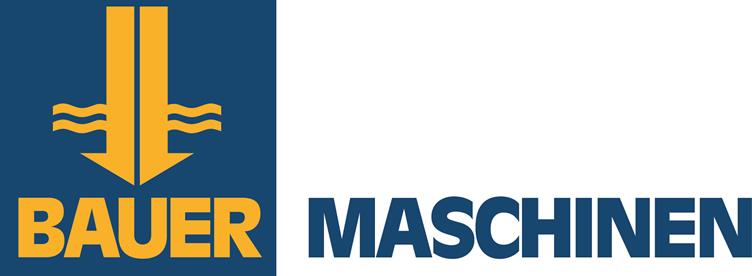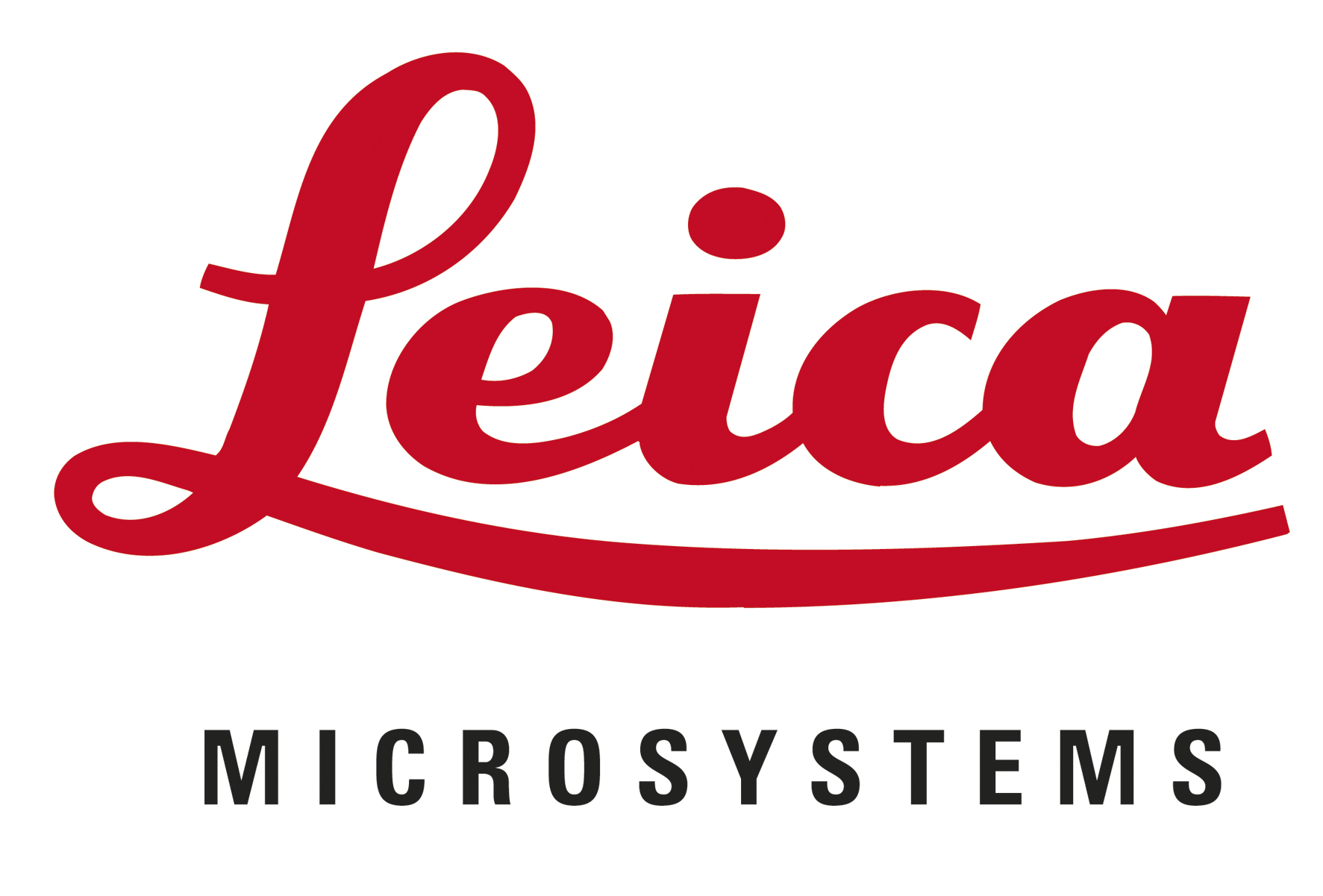
35TH INTERNATIONAL GEOLOGICAL CONGRESS
27 AUGUST - 4 SEPTEMBER 2016 | CAPE TOWN, SOUTH AFRICA
Sponsors
Keystone Sponsor


Diamond Sponsor


Gold Sponsor


Silver Sponsor








Business Centre Sponsor


Publication Sponsor




Social Function


Plenary Speaker Sponsor


Speaker Gift Sponsor


Post Graduate Fund


Registration


Welcome Drinks


Lunch Time Drinks


Publication &
35 IGC SAGPGF
35 IGC SAGPGF

35 IGC SAGPGF




MY IGC APP


Symposium Sponsor




Audit Sponsor


35TH INTERNATIONAL GEOLOGICAL CONGRESS
27 AUGUST - 4 SEPTEMBER 2016 | CAPE TOWN, SOUTH AFRICA
My IGC
Symposium Details
| Title | Description | Convenors |
|---|---|---|
| Ophiolite Record of Oceanic Lithosphere Formation Through Time | Ophiolites are the remnants of ancient oceanic lithosphere and keep the only record of magmatic, tectonic, and hydrothermal processes associated with seafloor spreading prior to 170 Ma because no oceanic lithosphere older than this age is preserved in the modern oceans. Therefore, they are the best archives of the evolutionary history of ocean basins from their rift–drift and seafloor spreading stages to subduction initiation and final closure. Recent studies of ophiolites and related tectonic units have shown that generation of ancient oceanic lithosphere was not just limited to mid-ocean ridges and backarc basins, but extended forearcs and juvenile arcs and ocean-continent transition zones also played a major role in the production of oceanic lithosphere with distinct structural and geochemical characters. The observed incompatibilities in the bulk composition and mineral chemistry of peridotites in most ophiolites indicate that these upper mantle rocks underwent various stages of partial melting, depletion, re-fertilization, and fluid-rock interactions in different tectonic settings prior to their preservation in ophiolites. Collectively, new findings point out that many ophiolites deviate significantly from the simple Penrose model of oceanic crust formation at mid-ocean ridges. How far back into deep time in Earth history we can track ophiolites with different fingerprints is also an important question in solid earth geophysics. We invite contributions on all aspects of ophiolites, providing new observations, data and concepts on their magmatic, metamorphic and tectonic evolution patterns, dating back to the Archean. | Yildirim Dilek and Harald Furnes |
 Field trips
Field trips  Sponsorship & expo
Sponsorship & expo  Registration
Registration Tours
Tours  Promotion
Promotion 














 Conference Programme
Conference Programme  Field trips
Field trips  Sponsorship & expo
Sponsorship & expo  Volunteer
Volunteer  GeoHost
GeoHost  Registration
Registration Tours
Tours  Promotion
Promotion  Publications
Publications









